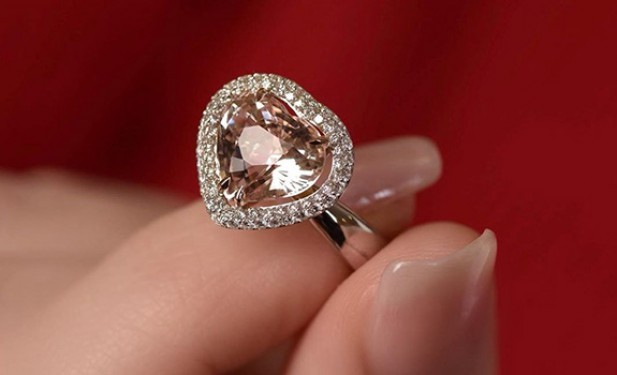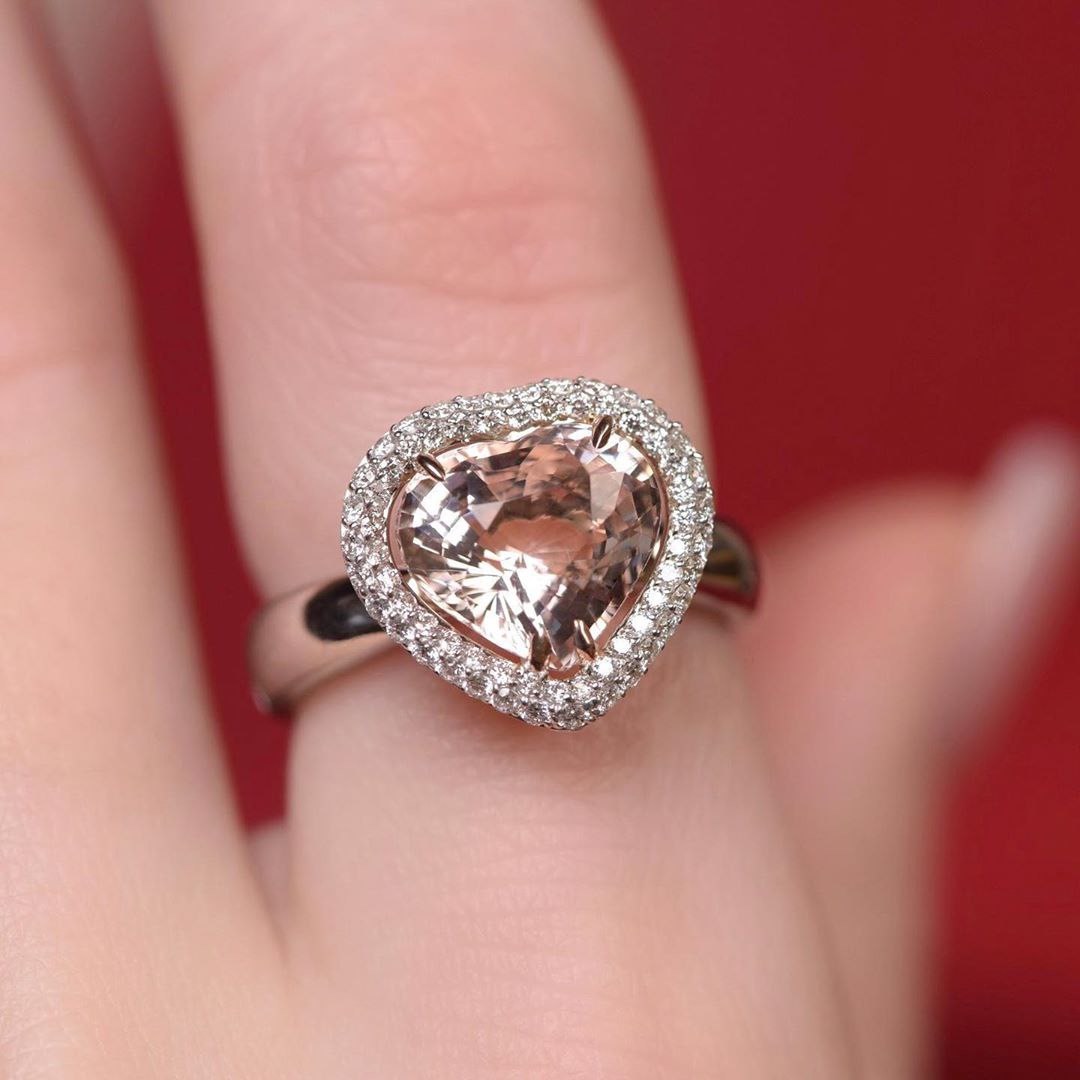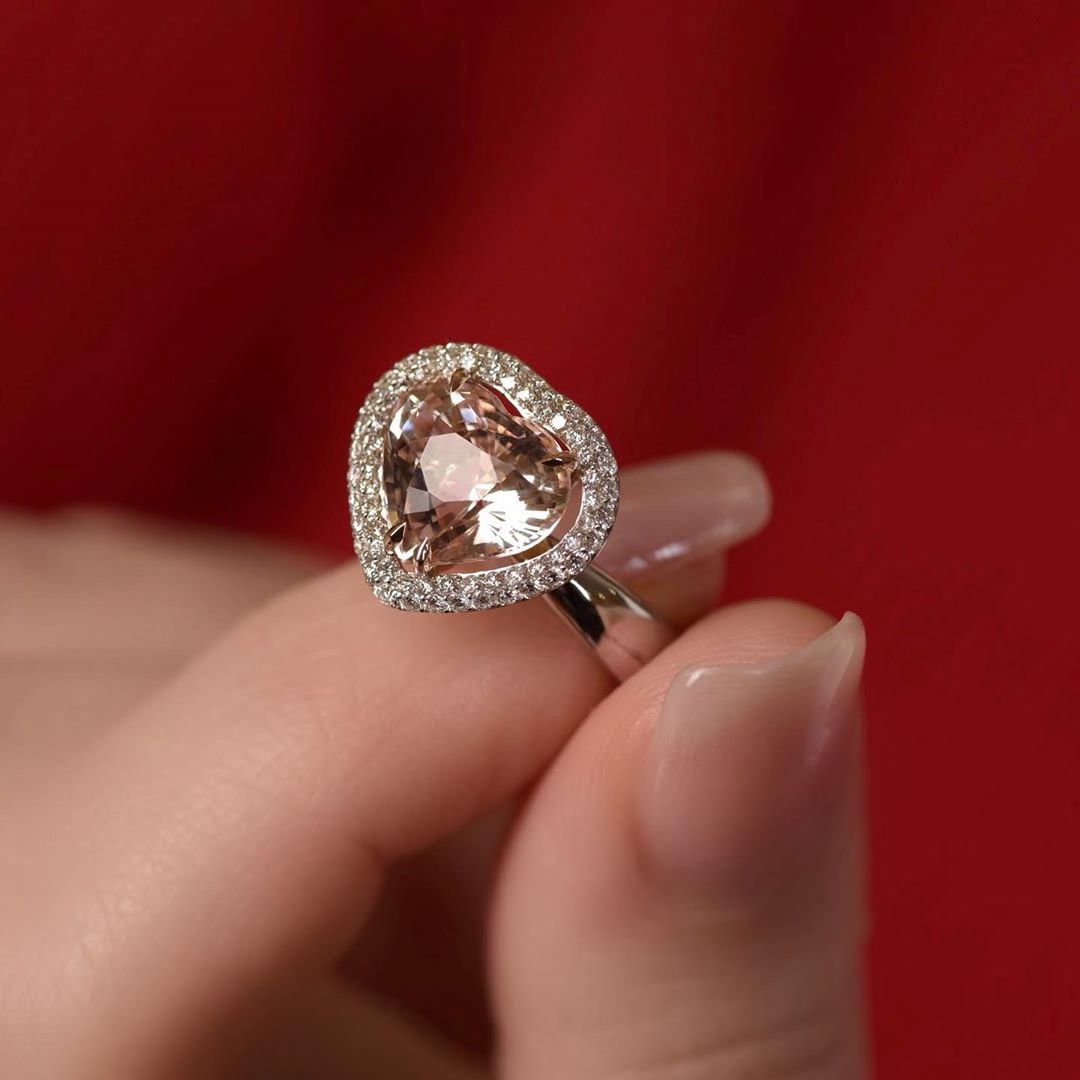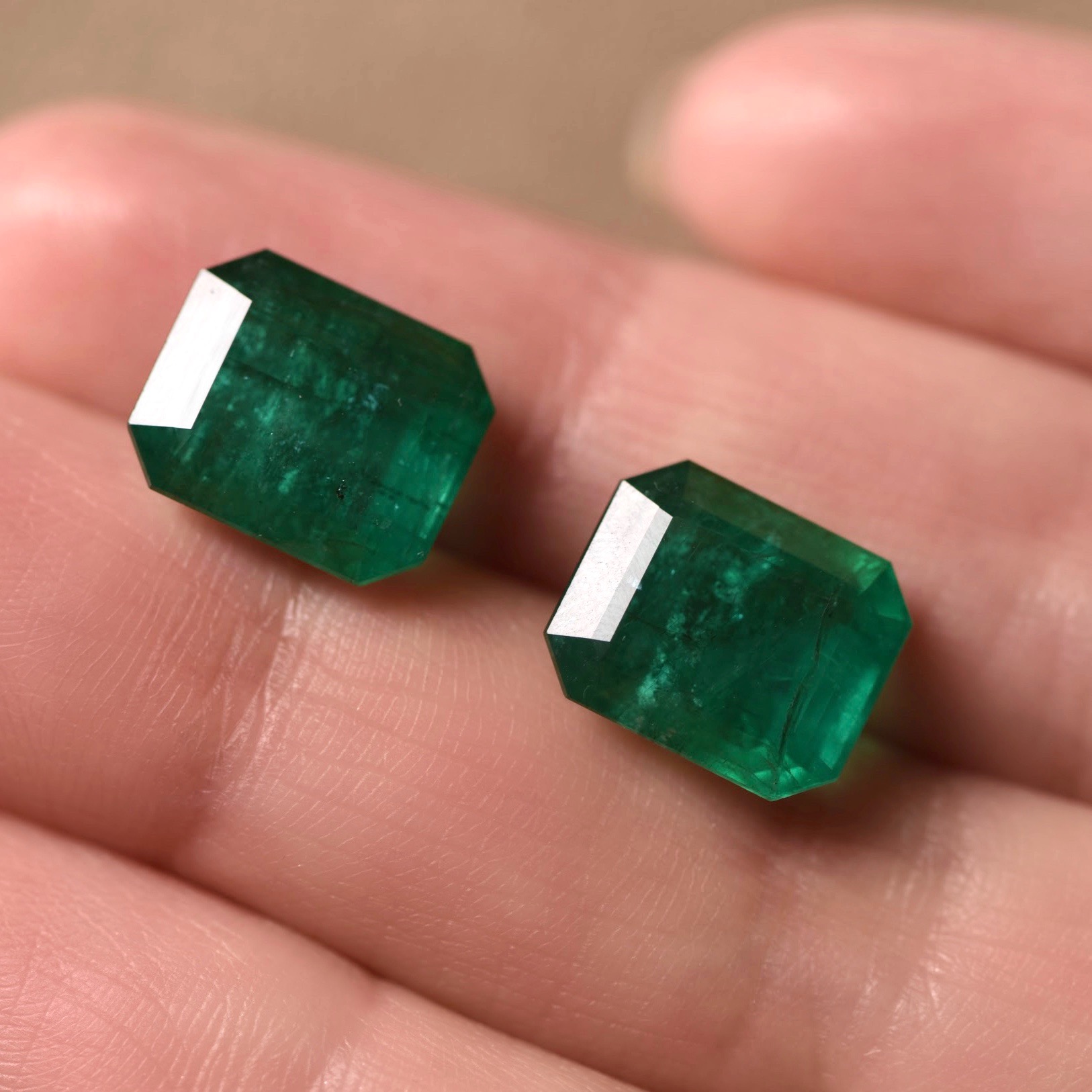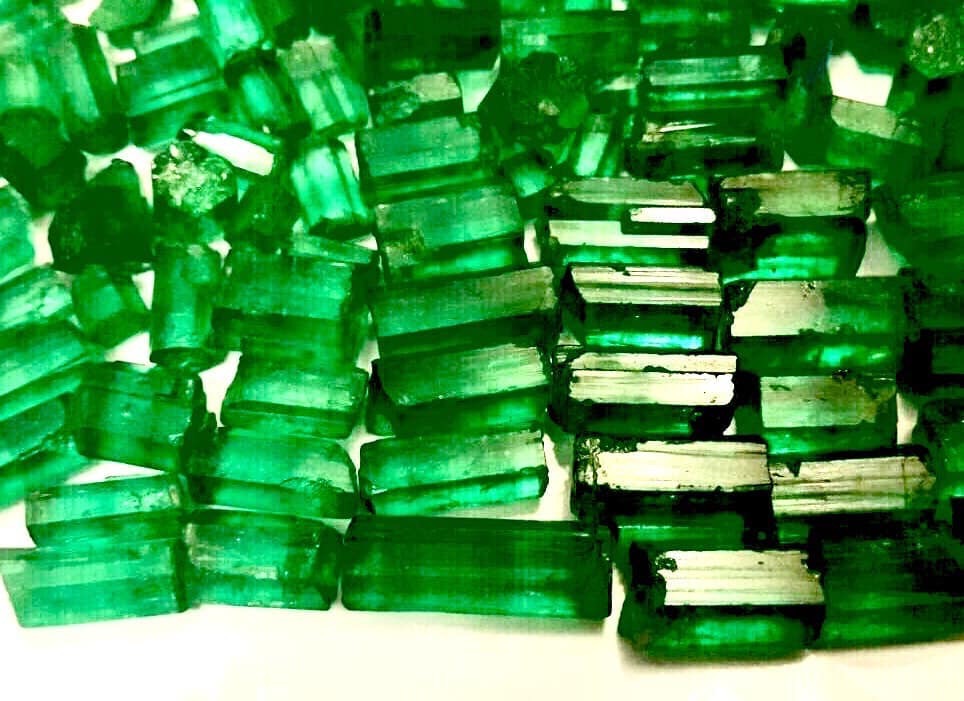Morganite and Emerald
Morganite is a pink type of mineral beryl same as an emerald.
Are they simiral or not? And what is the difference between these two stones?
- Both stones are the beryl mineral, they have similar basic chemical composition, but they acquired their color
due to completely different chemical elements
- Morganite can't be as saturated as emerald, it occurs mostly in gentle pastel colors and delicate shades of pink
- Big morganite crystals are quite common, a stone bigger than 5 carats is not exclusive, while for the emerald
these are already quite rare sizes, especially in good quality
- Most of the cut stones If we are speaking about morganites are without any inclusions, while emeralds almost
always have an "inner world" visible even to the naked eye
- Emerald has been known since ancient times, while morganite was found relatively recently in 1900s by George
Kunz
- Emeralds on the market are mostly treated, 98% of the stones has clarity enhancment with oil (that's accepted by
the market) or with other compounds (that is undesirable). And this treatment affects the purity of the stone
but doesn't change (if colorless oil) it's chemical composition or structure.
Morganites are mosly heated or irradiated to enhance the color. While it is easy enough to determine the treatment in
emeralds, heating usually is undetectable for morganite even some times in laboratory also. Therefore, you should
know, that the major quantity of morganites in China and India are treated at least by heating
The price is uncomparable. For the big samples of morganite the price could be about $100-300 per ct depends
on the color.
Whereas the emerald price - for relatively big untreated or minimally treated stones with top parameters - could
reach up to $35,000 per carat
